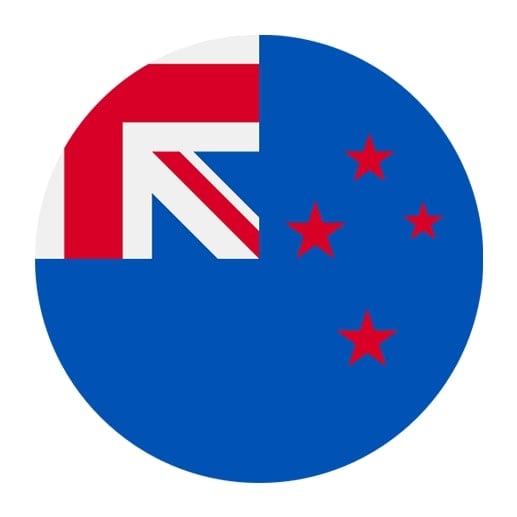Maori Grammar
Keen to learn Māori? Delve into Māori grammar, known for its simplicity, use of articles, and the important role of particles to shape meaning. Start today—mastering Māori grammar will help you connect more deeply with the language’s rich heritage and the vibrant culture of Aotearoa New Zealand!
Get started
The most efficient way to learn a language
Try Talkpal for freeMaori Grammar: Your Ticket to a Vibrant Bicultural World
Kia ora! Welcome to the wonderful world of the Maori language. As New Zealand’s indigenous language, Maori or te reo Maori offers you a unique opportunity to connect with an ancient culture and its vibrant community of speakers. Like any language, Maori grammar can appear challenging, but don’t worry! This beginner-friendly guide will simplify the core components of Maori grammar for a visually engaging and informative journey.
1. Starting with the Basics: Maori Alphabet and Pronunciation
Maori uses a modified Latin script, consisting of just 15 letters: five vowels (a, e, i, o, and u) and ten consonants (h, k, m, n, p, r, t, w, ng, and wh). Familiarize yourself with these letters and their distinct pronunciations, as they lay the groundwork for all subsequent Maori grammar learning.
2. Exploring Maori Sentence Structure
At its core, Maori grammar follows a simple subject-verb (-object) structure, with the verb typically preceding the subject. The clearest way to understand this structure is to see it in action:
English: The child is playing.
Maori: Kei te tākaro te tamaiti.
In Maori, the verb’s tense is indicated through a combination of particles or by adding a time indicator to the sentence.
3. Demystifying Particles: Building Blocks of Maori Grammar
Particles play a crucial role in Maori grammar, linking words and phrases together to create coherent and expressive sentences. As a beginner, focus on understanding a few essential particles:
– Kia: used for commands, wishes, and to indicate the purpose of an action.
– Kei: used to form the continuous tense.
– Ko: used to signal the subject of a sentence.
4. Getting to Know Maori Pronouns
Pronouns in Maori replace nouns and help keep your conversations natural and fluid. As a beginner, concentrate on understanding personal and possessive pronouns:
Personal pronouns: ahau (I), koe (you, singular), ia (he/she), tāua (we, including person spoken to), māua (we, excluding person spoken to), koutou (you, plural), rātau (they)
Possessive pronouns: taku/tōku (my), tōu (your, singular), tōna (his/her), tō tāua (our, including speaker and listener), tō māua (our, speaker and someone else), tō koutou (your, plural), tō rātau (their)
5. Navigating Maori Nouns and Adjectives
Maori nouns and adjectives follow simple grammatical rules, making it easy for beginners to understand. Adjectives usually follow the noun they’re describing, and noun plurals simply involve adding a particle, “ngā,” before the noun. For example:
Te whare nui – “the big house”
Ngā tamariki – “the children”
There you have it! You’ve taken the first steps towards mastering Maori grammar and enriching your journey with the Maori language and culture. Remember that practice, perseverance, and immersion are essential for success, so engage with native speakers, explore Maori texts, and strengthen your language foundation. Kia kaha! (Go strong!)








